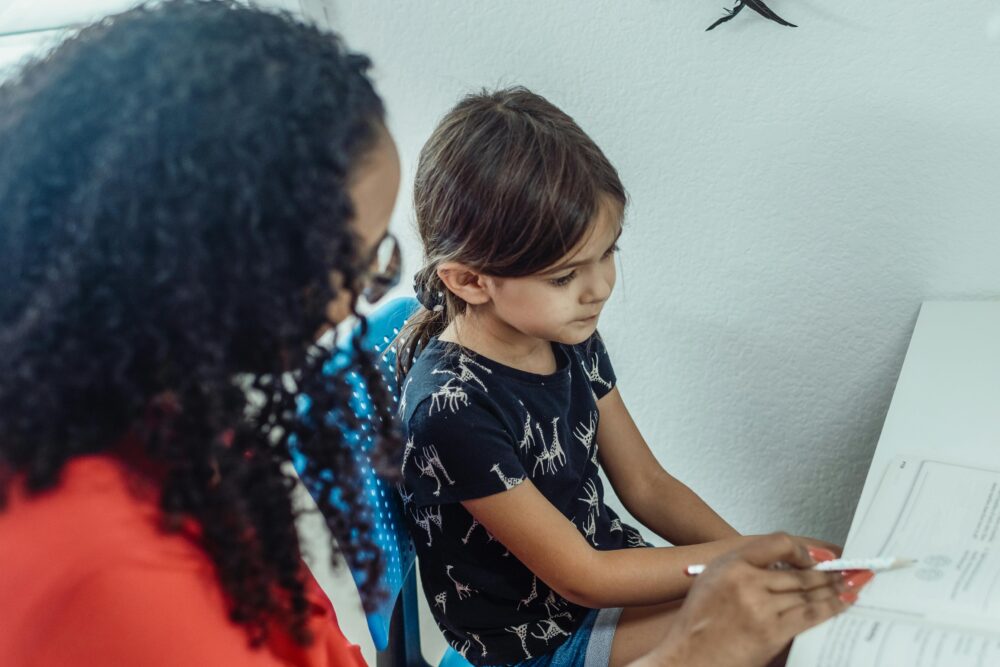Response to Release of Mid-Year Special Education Data for the 2020–21 School Year
Today, Advocates for Children of New York (AFC) issued the following response to the release of the New York City Department of Education (DOE)’s special education data report for the months of July through October 2020, and as of mid-January 2021.

Today, as required by city law, the DOE released quarterly, district-level data on special education service delivery for the first time—an important step towards greater transparency for the City’s schools. We appreciate that the DOE went beyond what is legally required and also provided updated data as of mid-January. While the public has had access to year-end data since 2015, these new reports will provide important context on how many students with disabilities are and are not receiving their mandated instruction and services at various points throughout the school year—not just as of June. The inclusion of district- and school-level data, rather than just Citywide totals, will allow parents and advocates to assess how well their local schools are serving students with disabilities.
“With this increased transparency, individual communities will be better able to understand and respond to what’s happening on the ground and advocate for targeted support and resources,” said Maggie Moroff, Senior Special Education Policy Coordinator at AFC. “We strongly urge the DOE to build on this progress and provide parents online access to their children’s special education records in real-time so they can track the services their children are and are not currently receiving.”
While we are pleased that the DOE released district-level, quarterly reports for the first time, the data show how much work remains to serve students with disabilities, particularly in light of the challenges caused by the pandemic. According to the data, as of January 18, nearly one in four students with disabilities was still not fully receiving their special education instruction, and it is particularly concerning that 81,920 students—46% of the City’s students with disabilities—were not yet fully served as of November 2. The data also show significant disparities between districts. For example, only 26% of students in District 5 in Harlem whose IEPs recommended an Integrated Co-Teaching (ICT) class were in such a placement by November 2, compared to 72% of students who needed an ICT class in Districts 22 (Flatlands and Sheepshead Bay in Brooklyn) and 27 (Southeast Queens).
Moreover, it is important to remember that these numbers understate the true extent of unmet need stemming from the pandemic. While we appreciate that many students with disabilities have been prioritized for full-time in-person instruction, the vast majority of City students are still learning remotely some or all of the time, and many students with disabilities have experienced significant regression because their special education services simply do not translate to an online setting. We have also heard from families of students counted as “fully served” who are going without their required special education teacher on days of remote learning or whose classes are larger than the legal limits.
Moroff noted, “The data released today should be a call to action. Our federal, state, and city governments need to step up with a major investment to help students with disabilities make up for the learning loss they have experienced and ensure they get the evaluations, services, and instruction they have the right to receive going forward.”



